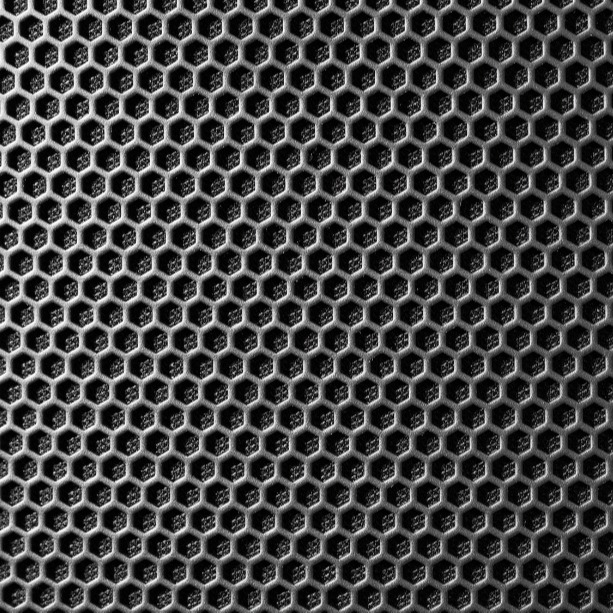ZigBee is mesh wireless network designed for low data-rate applications. It is ideal for situations when there are static radio frequency (RF) environments and when nodes are consistently spaced. If the nodes are evenly distributed and don’t move, you can architect a decent mesh. But if they aren’t, you’ll have to overbuild the mesh to ensure it makes all of its connections (and no data is lost if the connection breaks). Additionally, it’s important to understand that mesh networks don’t do well in dynamic RF environments. Why? Because anything that might block a physical object from traveling could also block an RF. Technology can help decode some obstructed signals, but movement can still interfere.
Street lighting and electric meters in urban areas can do well with mesh network, and thus work for ZigBee applications (and other mesh technologies). However, there are some applications better-suited for a low power, wide-area (LPWA) star topology network. Here are examples of four such applications.
4 Zigbee Application Examples (That Might Be Using The Wrong Protocol)
Parking Sensors
Why won’t this work? Because moving vehicles create a dynamic RF environment, and the nodes are typically not evenly distributed or too far apart to be effective.
One example of mesh networks breaking down is when they are used with with in-ground parking sensors. These sensors are in a really challenging RF environment—here’s why:
- The sensors are buried (thus very low to the ground).
- The sensors are usually communicating with a repeater or gateway on a light pole.
- The sensors need to be very battery efficient, so they aren’t expensive to maintain.
This environment is challenging because when a car parks on top of one of the sensors, you could have a difference of 20-30 dB or more in the link budget. In order for a ZigBee protocol to work, you have to build back in all those dB in the link margin, which means the you would need extra repeaters for to make your network possible. This leads not only to a more complex mesh, but it can also be much more expensive. Thus, this dynamic RF environments are far better suited for a star topology network.
Traffic Lights In Non-Urban Areas
Why won’t this work? Because the points you’re trying to get data from are typically too far apart.
You can build a mesh network to handle this particular application, but it doesn’t always work well—and it definitely isn’t cost effective. If you want to use traffic lights that are a couple miles apart using ZigBee technology, repeaters need to be on light poles to get the lights to connect. If you were to use different technology with a larger link budget, you’d be able to connect the light poles with fewer access points or repeaters, thus reducing the overall budget of the network.
Building Control Systems
Why won’t this work? Because moving equipment and people can disrupt the mesh.
Many people may think of a building as being static, but that isn’t necessarily the case. There are people and equipment constantly moving around and inside a building. When the building is designed, you can easily (in theory) architect a mesh and determine where to put repeaters. But, in practice, buildings change over time, and the form and use of buildings can change as well. For example, if you start with an open office plan but update it to a closed office plan that includes cubicles, the original mesh may not function in the same way. This forces you to redesign the network.
Asset Tracking
Why won’t this work? Because when the thing you’re tracking is constantly moving, you can’t always architect your ZigBee application accurately.
For outdoor asset tracking with ubiquitous coverage, cellular combined with GPS is a good options. The only issue is that cellular is very power hungry, so battery-powered applications won’t last very long. If you’re doing asset tracking in a confined area, using an LPWAN star topology like Symphony Link might be a good solution. For instance, if you’re trying to track something on a four-square-mile section of a ranch, it’s hard to build a mesh that will cover it. However, it’s pretty easy to put up a Symphony gateway that will cover that section (and more).
In Conclusion
Many IoT applications have become very popular because of ZigBee, WiFi, and the newcomer, Thread. The idea of a mesh network has been very popular over the last five to seven years—though many companies adopted it because there was no other choice. Many low power radio technologies coming out today are designed specifically for IoT, and for many uses, a mesh topology isn’t the best choice. Be sure to do your homework before selecting a mesh or star network for your application. 




